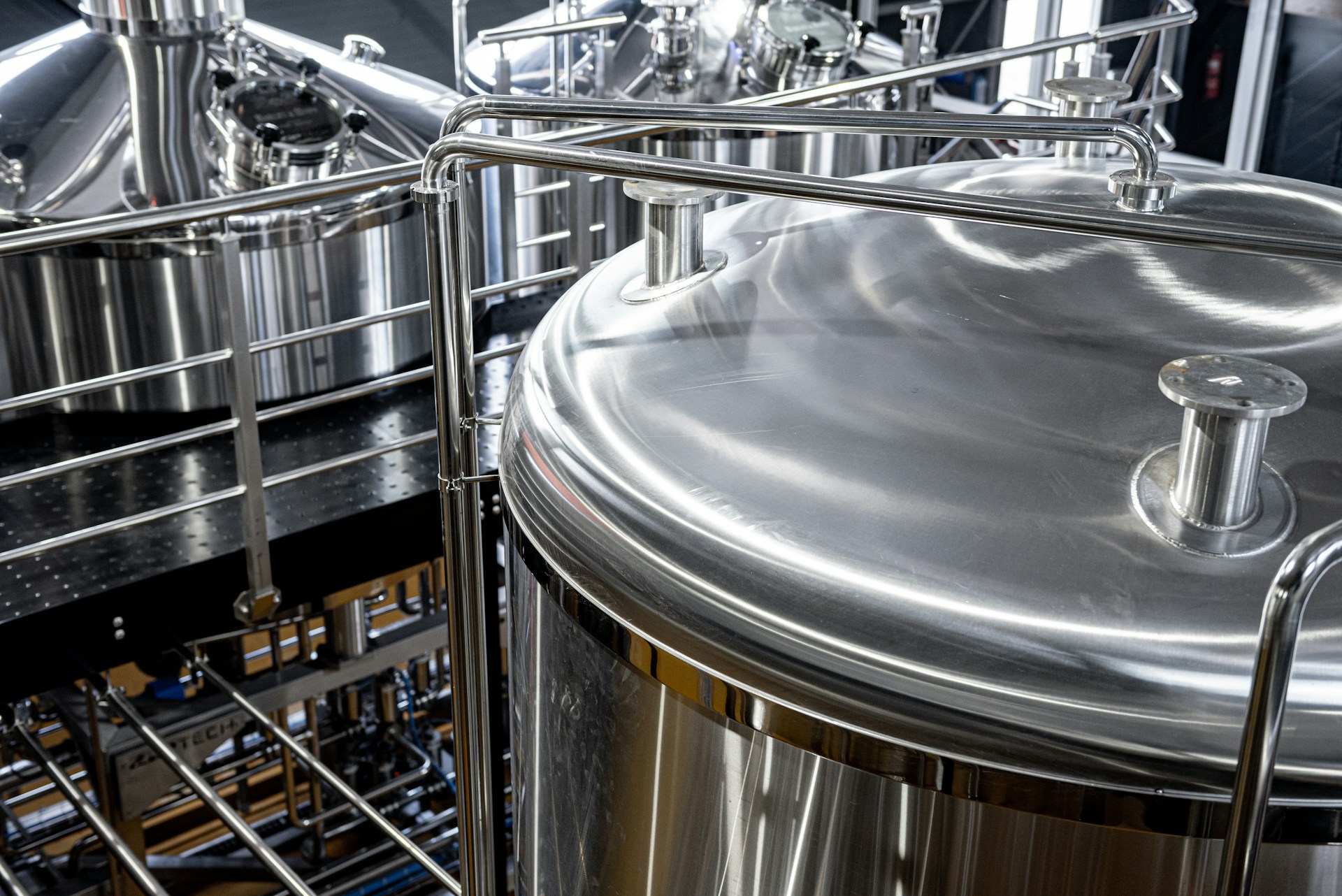
Tank liners might not be the first thing that comes to mind when thinking about tank maintenance, but they play a crucial role in keeping tanks operational and effective. Whether you use tanks for industrial purposes or for storing water at home, the type of tank liner you choose can make a big difference. This article will explore the options between flexible and rigid tank liners, helping readers decide which type fits their needs best.
An essential question often asked is whether flexible tank liners are truly better than their rigid counterparts. Each has its own set of advantages and possible drawbacks, and the right choice largely depends on your specific requirements. Let’s explore these options further to ensure you make an informed decision when it’s time to select a new liner for your tank.
What Are Flexible Tank Liners?
Flexible tank liners are known for their adaptability and ease of use. Made from materials like rubber or polyurethane, these liners can conform to a variety of tank shapes and sizes. This flexibility is a major advantage when dealing with non-standard tank designs or when the tank’s interior is uniquely shaped. Flexible liners can also be installed more easily than rigid models, often requiring less time and equipment.
Here are some key benefits of flexible tank liners:
1. Ease of Installation: Since they can fit different shapes, installing a flexible liner tends to be a quick process.
2. Cost-Effectiveness: Generally, these liners come at a lower cost compared to rigid types, both in terms of purchase price and installation expenses.
3. Versatility: Their adaptable nature makes them suitable for both large industrial tanks and smaller residential tanks.
However, like any option, flexible tank liners do come with some considerations. One potential downside is their susceptibility to wear and tear over time. If the liner isn’t maintained properly or is used in harsh conditions, it may degrade more quickly than anticipated. Routine inspections and timely repairs are necessary to ensure longevity, yet these are usually manageable tasks.
Flexible tank liners offer a lot of conveniences and are often the go-to for many situations where flexibility and quick installation are priorities. Next, we’ll examine rigid tank liners and see how they compare in terms of durability and support.
What Are Rigid Tank Liners?
Rigid tank liners are quite different from their flexible counterparts. Constructed from hard materials such as fibreglass, steel, or concrete, these liners excel in providing support and additional durability. They hold their shape within the tank, offering a solid barrier that stands up well under various environmental pressures.
When considering the benefits, rigid tank liners are known for:
1. Durability: Their solid construction means they can last longer, especially in heavy-duty applications.
2. Structural Support: They reinforce the tank itself, possibly enhancing the tank’s overall strength and stability.
3. Longevity: Thanks to their tough materials, they can withstand the test of time with fewer replacements needed.
Of course, some challenges come with rigid liners. Installation can be tricky, especially in non-standard or oddly-shaped tanks. They typically require more equipment and manpower to install, which may lead to higher costs initially. Rigid liners don’t offer the same adaptability as flexible ones, meaning they might not be the best choice for tanks with unusual dimensions.
Comparing Performance and Maintenance
When weighing the performance and upkeep of flexible and rigid tank liners, different considerations apply based on how they’re used. Flexible liners usually have the advantage in terms of installation time and adaptability. A flexible liner might perform better in settings where the tank shape isn’t consistent.
On the other hand, rigid liners shine in scenarios demanding extra durability and support. If a tank will undergo significant stress, such as heavy liquid storage or external environmental pressures, a rigid liner might prove more beneficial.
Maintenance of flexible liners often involves regular checks to catch wear and address any damage. However, their ease of repair can be a plus. Rigid liners might not need as much frequent attention, but when issues do arise, they can be more complex to fix. Flexibility might lead to easier patch-ups, whereas the solid structure of rigid liners might necessitate more extensive repairs if compromised.
Making the Right Choice for Your Needs
Choosing between flexible and rigid liners involves a good look at your specific needs. What’s right for one situation might not be suitable for another. Think about the size of your tank, your budget, and whether the tank will face any special conditions. Each type of liner offers distinct advantages. By understanding what each material provides, you can choose the right fit to ensure the best performance and longevity for your tank.
When you’re ready to decide on the best option for your storage setup, choosing the right solution matters. Whether your priority is adaptability or durability, ATM Tanks can help guide you through the process. To see how the right choice can improve your system’s performance and lifespan, learn more about tank liners today.
- Choosing the Best Tank Liners for Longevity - December 7, 2025
- Pro Solutions for Effective Industrial Tank Cleaning - December 7, 2025
- What to Do When Your Tank’s Waterproofing Fails - December 7, 2025






